Preview |
PDF (Original Article)
- Requires a PDF viewer such as GSview, Xpdf or Adobe Acrobat Reader
304kB |
|
Other (Supplementary Material)
189kB |
| Item Type: | Article |
|---|---|
| Title: | APOSTEL-R recommendations for reporting retinal optical coherence tomography studies in rodents |
| Creators Name: | Oertel, Frederike Cosima, Cabrera Debuc, Delia, Calabresi, Peter A., Chen, Mei, Cordano, Christian, Dietrich, Michael, Feltgen, Nicolas, Gramlich, Oliver, Green, Ari J., Groh, Janos, Huang, Su-Chun, Knier, Benjamin, Korn, Thomas, Leocani, Letizia, Loewenstein, Anat, van Oterendorp, Christian, Peto, Tunde, Schippling, Sven, Schmetterer, Leopold, Schmitz-Valckenberg, Steffen, Seeliger, Mathias W., Shindler, Kenneth S., Schuman, Joel S, Sindi, Mustafa, Tufail, Adnan, Wang, Jui-Kai, Wolf, Sebastian, You, Yuyi, Zinkernagel, Martin, Lagrèze, Wolf and Albrecht, Philipp |
| Abstract: | BACKGROUND AND OBJECTIVES: Retinal optical coherence tomography (OCT) in rodent models has been used to longitudinally image retinal changes, to define end points for more costly or time-consuming experiments, and to better understand the pathophysiology underlying OCT findings in human diseases. No standardization of rodent OCT reporting currently exists. Here, we aim to establish consensus recommendation for reporting results from retinal OCT studies in rodents. METHODS: Initial recommendations were developed based on the APOSTEL criteria for quantitative OCT reporting in humans by a core team. Using a modified Delphi process, an expert panel of rodent OCT researchers (N = 31) and the wider scientific community discussed, refined, and voted on these initial recommendations. The list of recommendations was then revised and approved by the expert panel. RESULTS: The final 7-point checklist includes reporting recommendations regarding the study protocol, OCT device, acquisition settings and modifications, scanning protocol, funduscopic imaging, postacquisition data selection and image data analyses, and qualitative and quantitative results. With a median agreement score of 3 or 4 out of 4, the scientific community agreed with these recommendations. After revisions, the expert panel accepted the final recommendations. DISCUSSION: The Advised Protocol for OCT Study Terminology and Elements for reporting OCT studies in rodents (APOSTEL-R) originates from an expert consensus. They will provide guidance throughout the experimental process and will contribute to the standardization and quality improvement of preclinical OCT studies. |
| Keywords: | Consensus, Optical Coherence Tomography, Retina, Rodentia, Animals, Rats |
| Source: | Neurology Neuroimmunology & Neuroinflammation |
| ISSN: | 2332-7812 |
| Publisher: | American Academy of Neurology |
| Volume: | 12 |
| Number: | 6 |
| Page Range: | e200489 |
| Date: | November 2025 |
| Additional Information: | Friedemann Paul and Henriette Reinsberg are IMSVISUAL coinvestigators. |
| Official Publication: | https://doi.org/10.1212/nxi.0000000000200489 |
| PubMed: | View item in PubMed |
Repository Staff Only: item control page

 Tools
Tools Tools
Tools

